Amniotic Fluid Embolism
Article Sections
Introduction
Amniotic fluid embolism (AFE) is a rare but catastrophic obstetric emergency characterized by sudden respiratory failure, cardiovascular collapse, and disseminated intravascular coagulation (DIC). It is thought to occur due to the entry of amniotic fluid into the maternal circulation.
Pathogenesis
AFEs occur when amniotic fluid enters the maternal circulation through areas of disrupted maternofetal connections, such as endocervical veins or areas of uterine trauma (eg, hysterotomy), and initiates a widespread inflammatory response leading to the following:
- Hypoxemic respiratory failure: Due to significant pulmonary vasoconstriction from proinflammatory mediators and physical obstruction from amniotic fluid debris, leading to severe hypoxia. The resultant profound hypoxia can cause a coma or seizure.
- Obstructive shock: Due to increasing pulmonary arterial resistance, which leads to subsequent right ventricular heart failure and decreased left-sided cardiac output. This is often followed immediately by left ventricular failure and resultant pulmonary edema and cardiovascular collapse.
Continue Learning with UWorld
Get the full Amniotic Fluid Embolism article plus rich visuals, real-world cases, and in-depth insights from medical experts, all available through the UWorld Medical Library.
Figures
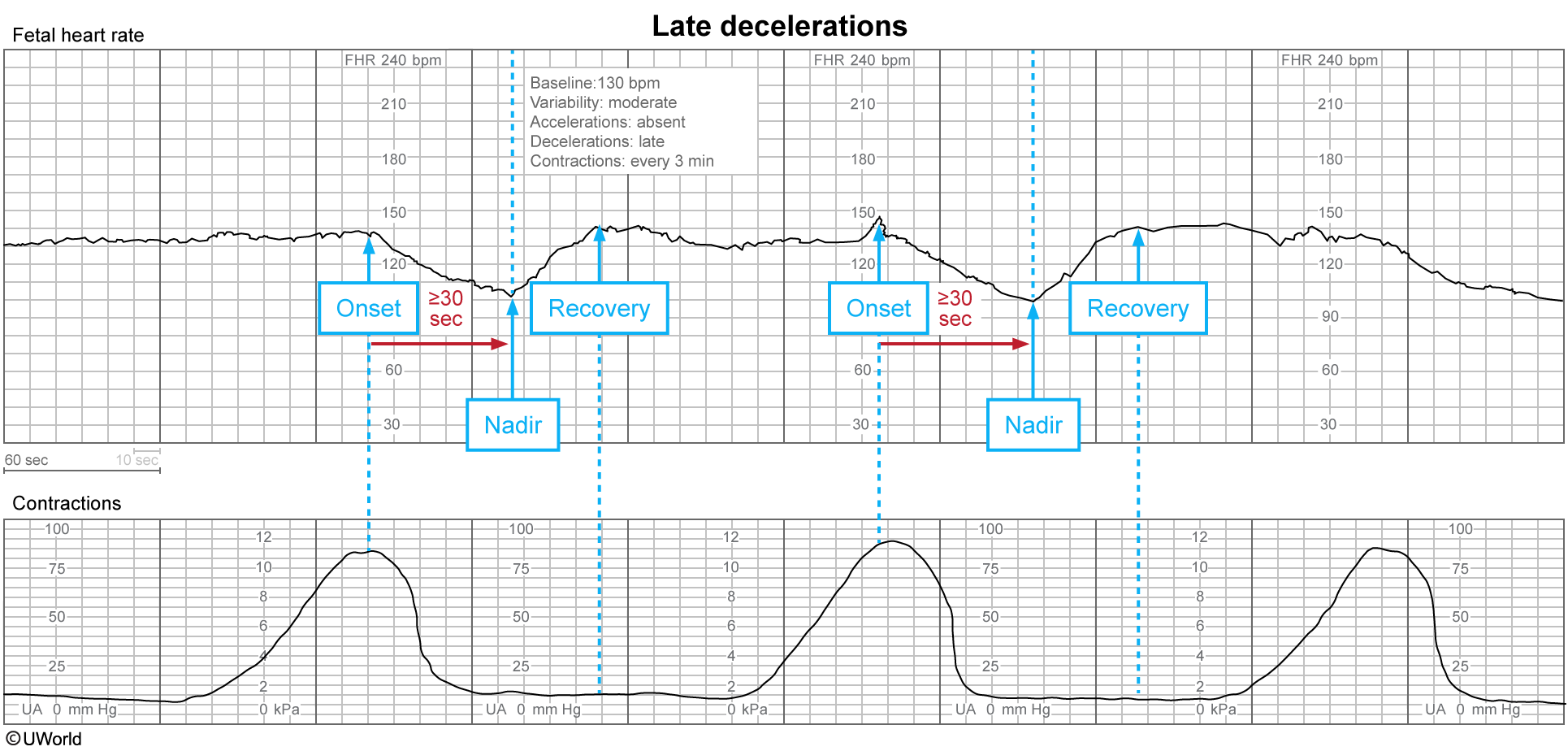
Figure 1
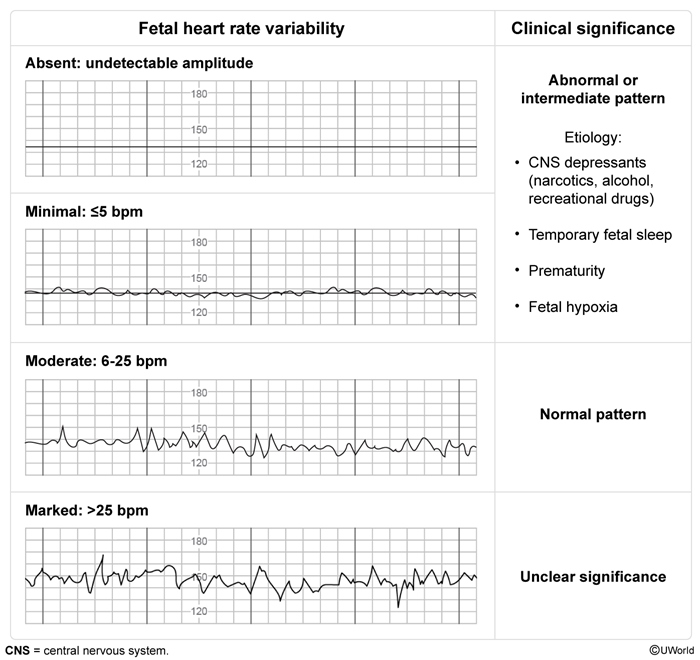
Figure 2
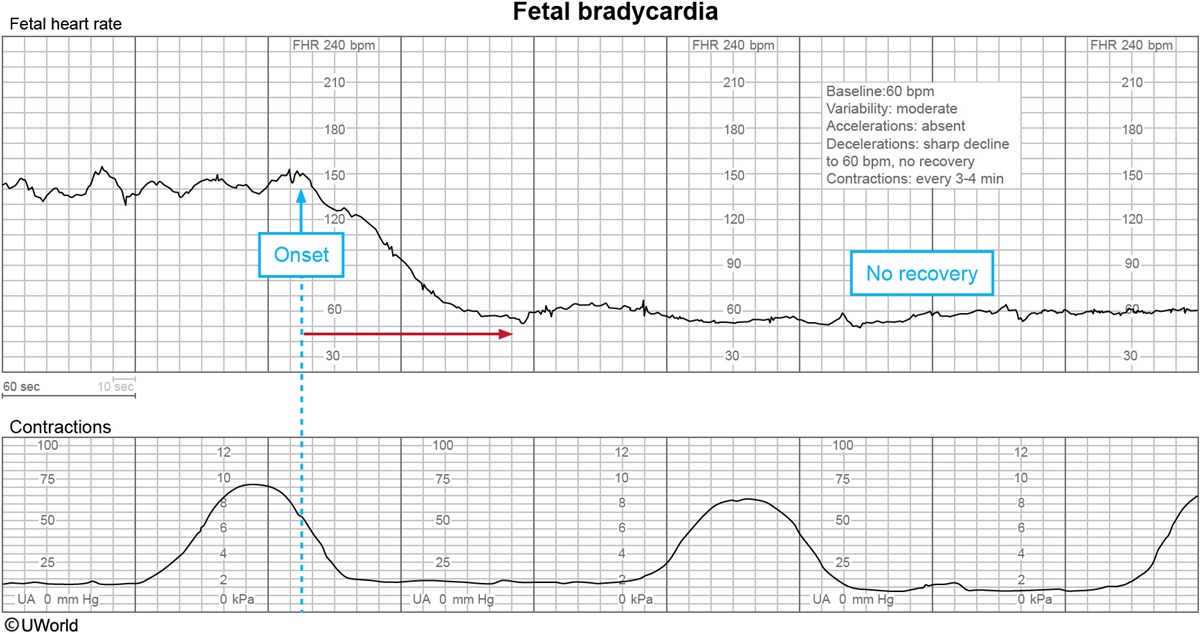
Figure 3
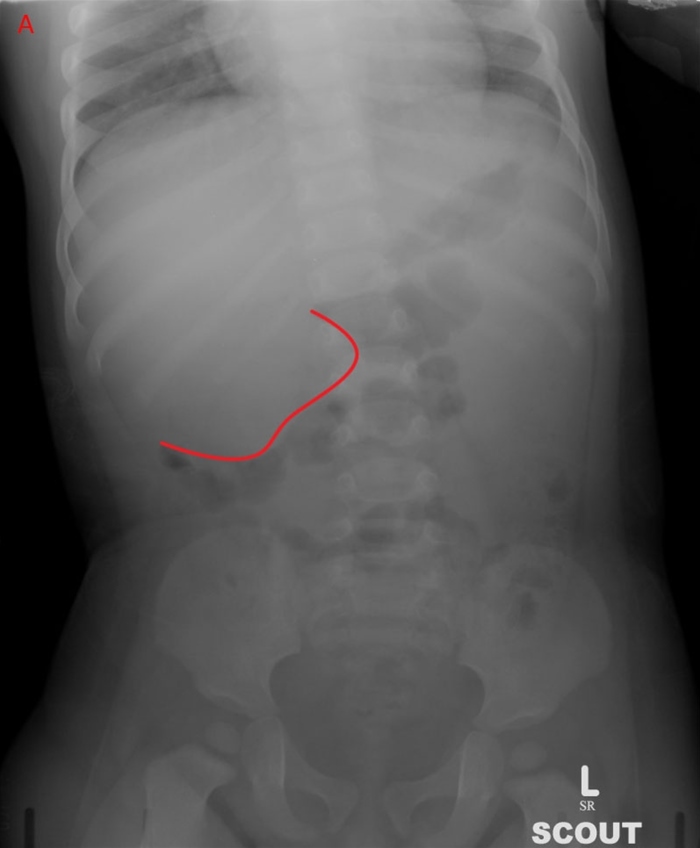
Figure 4
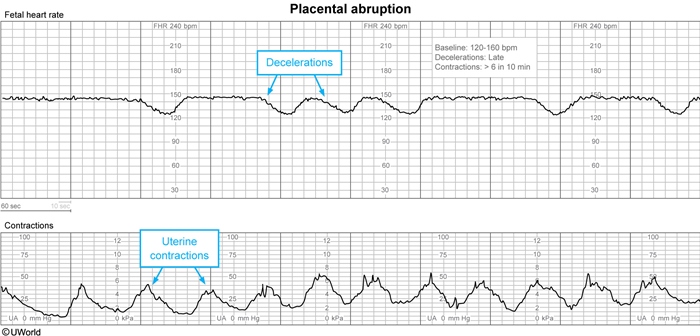
Figure 5
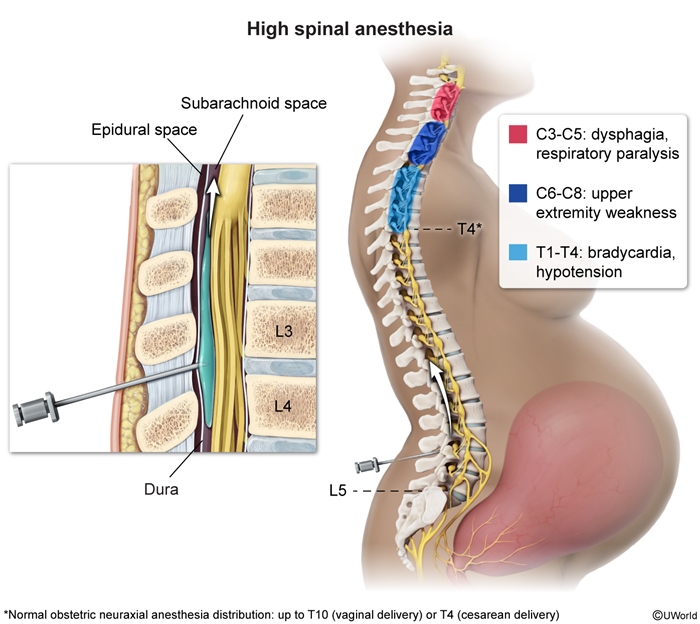
Figure 6